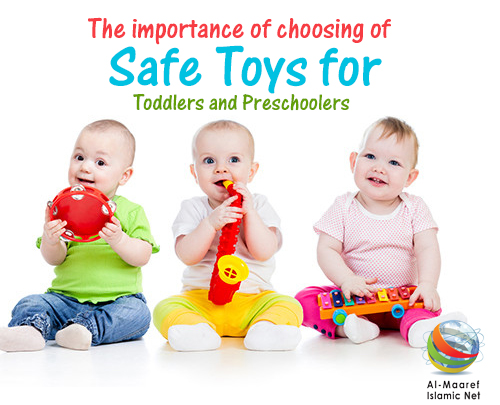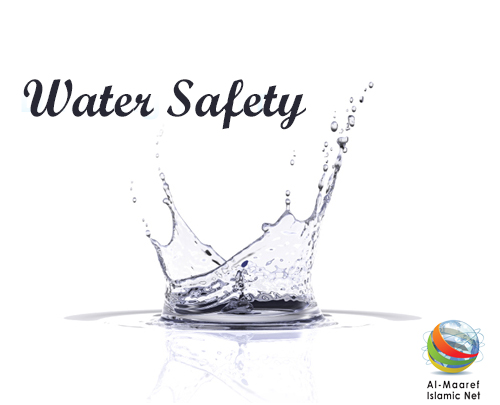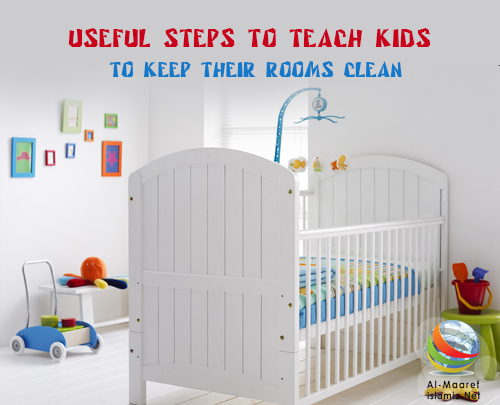Millions of toys are out there, and hundreds of new ones hit the stores each
year. Toys are supposed to be fun and are an important part of any child’s
development. But each year, scores of kids are treated in hospital emergency
departments for toy-related injuries. Choking is a particular risk for kids ages
3 or younger, because they tend to put objects in their mouths.
Manufacturers follow certain guidelines and label most new toys for specific age
groups. But perhaps the most important thing a parent can do is to supervise
play.
What to Look For
Here are some general guidelines to keep in mind when toy-shopping:
• Toys made of fabric should be labeled as flame resistant or flame retardant.
• Stuffed toys should be washable.
• Painted toys should be covered with lead-free paint.
• Art materials should say nontoxic.
Steer clear of older toys, even hand-me-downs from friends and family. Those
toys might have sentimental value and are certainly cost-effective, but they may
not meet current safety standards and may be so worn from play that they can
break and become hazardous.
And make sure a toy isn't too loud for your child. The noise of some rattles,
squeak toys, and musical or electronic toys can be as loud as a car horn — even
louder if a child holds it directly to the ears — and can contribute to hearing
loss.
Safe Toys for Infants, Toddlers, and Preschoolers
Always read labels to make sure a toy is appropriate for a child's age.
Guidelines published by the CPSC and other groups can help you make those buying
decisions. Still, use your own best judgment — and consider your child’s
temperament, habits, and behavior whenever you buy a new toy. You may think that
a child who's advanced in comparison to peers can handle toys meant for older
kids. But the age levels for toys are determined by safety factors, not
intelligence or maturity.
Here are some age-specific guidelines to keep in mind:
• Look for toys that are sturdy enough to withstand pulling and twisting. Make
sure that eyes, noses, buttons, and other parts that could break off are
securely attached.
• Make sure squeeze toys, rattles, and teethers are large enough that they won’t
become lodged in a child’s mouth or throat, even if squeezed into a smaller
compressed shape.
• Avoid toys with cords or long strings, which could present strangulation
hazards to young kids.
• Avoid thin plastic toys that might break into small pieces and leave jagged
edges that could cut.
• Avoid marbles, coins, balls, and games with balls that are 1.75 inches (4.4
centimeters) in diameter or less because they present choking hazards.
Since choking is such a big risk in the early years, if your child is 3 years
old or younger, consider buying a small-parts tester, also known as a choke
tube. These tubes are designed to be about the same diameter as a child’s
windpipe. If an object fits inside the tube, then it’s too small for a young
child.
Keeping Toys Safe at Home
After you've bought safe toys, it's also important to make sure kids know how to
use them. The best way to do this is by supervising play. Playing with your kids
teaches them how to play safely while having fun.
Parents should:
• Teach kids to put toys away.
• Check toys regularly to make sure that they aren't broken or unusable:
• Wooden toys shouldn’t have splinters.
• Bikes and outdoor toys shouldn’t have rust.
• Stuffed toys shouldn’t have broken seams or exposed removable parts.
• Throw away broken toys or repair them right away.
• Store outdoor toys when they’re not in use so that they are not exposed to
rain or snow.
And be sure to keep toys clean. Some plastic toys can be cleaned in the
dishwasher, but read the manufacturer’s directions first. Another option is to
mix antibacterial soap or a mild dishwashing detergent with hot water in a spray
bottle and use it to clean toys, rinsing them afterward.
Dangerous Objects
Many non-toys also can tempt kids. It's important to keep them away from:
• fireworks
• matches
• sharp scissors
• balloons (uninflated or broken balloons can be choking hazards).
* Source: kidshealth.org



















